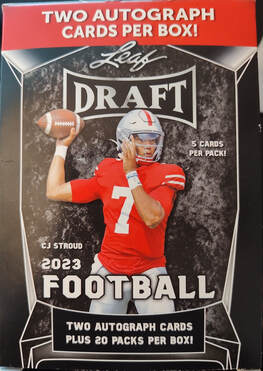
The problem comes with collation. A collector these days has become spoiled by card companies’ collation. You don’t see duplicates very often, even in a blaster.
Well, it happened in the one I bought. The 20 packs yielded 51 base cards out of the 100-card set, but eight of them were duplicates. And considering that there were mostly two — and sometimes three — base cards in each pack, that means about four packs contained doubles.
Call me spoiled, but if I get 51 base cards, I expect them all to be different.
For set collectors, this can be maddening, particularly when there were 49 parallels in the blaster — plus two autograph cards on stickers.
The parallels can be found in blue, gold, green and red.
Leaf has a nice breakdown of cards into different subset. The first 10 cards are called “First Overall” and feature players selected No. 1 in the NFL in certain years. Not sure if starting off the set with O.J. Simpson as card No. 1 is a great idea, but that is certainly a conversation starter.
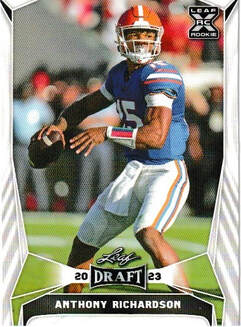
Card No. 11 features Caleb Williams, the 2022 Heisman Trophy winner, as an All-American, while Nos. 12-17 are Award Winner cards. I pulled Bijan Robinson (Doak Walker winner), Brock Bowers (John Mackey recipient) and Max Duggan (Davey O’Brien winner).
Card Nos. 18-31 are designated as base cards, and I pulled five of those, including one of draft analyst Mel Kiper Jr.
Cue up the “Who in the hell is Mel Kiper, anyway?” video from the 1994 NFL draft, when Indianapolis Colts general manager Bill Tobin ripped into ESPN’s draft guru.
Classic television.
As a side note, one of the gold parallels I pulled from one of the packs was of NFL draft expert Todd McShay, who was one of nearly two dozen ESPN personalities laid off on Friday.
Tough times in TV land.
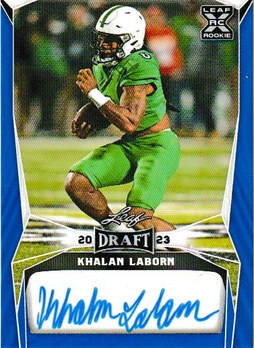
The next two subsets focus on upcoming draft classes. Class of 2024 (Nos. 76-81) is followed by Class of 2025 (Nos. 82-86). I pulled three cards from the former — including Williams — and one from the latter.
Nos. 87-94 are dubbed QB Kings and I had five of those, including Bryce Young, Anthony Richardson and Stetson Bennett.
The final six cards in the base set are called TD Kings, and I pulled two cards. The design for these cards are kind of punky, with the quarterback set against a backdrop of bricks and a graffiti-sprayed crown.
That was the only sketchy design. For the most part, Leaf’s design choices are simple and look good. The card fronts for many of the base cards feature an action shot of the player framed by a gray-white border. The Leaf logo is beneath the action shot, with the player’s nameplate anchoring the bottom of the card.
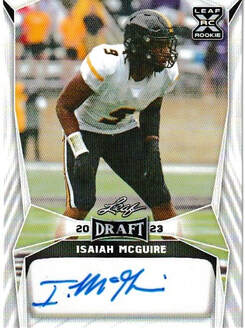
The card backs feature the same player photo, but with player position and vital statistics. A short biography, about seven or eight lines, gives the collector some highlights or fun facts about the player. The design is also vertical, and it works nicely.
The card stock is thin, unfortunately, so be careful handling these cards.
As for parallels, there were seven blues, 12 golds, 16 greens and 14 reds.
To be honest, I liked the parallels better than the base cards because they were more colorful. But the restrained color pattern for the base cards is nice, too.
The two autographs in the box were a base card of Isaiah McGuire, the former Missouri defensive end who was picked in the fourth round by the Cleveland Browns; and Khalan Laborn, a running back who played at Florida State and Marshall and was signed as a free agent on May 1 by the San Francisco 49ers.
Overall, I’d call this set average. If you’re big into rookies and future stars, this is a good way to get started. The set is probably easy to complete, although those duplicates are kind of annoying.
If you are not into set building, Leaf does offer two other options in its Draft product. Red blasters have three autographs and contain 20 packs, while Gold blasters have three autographs and a 10-card set. Purple blasters have two signature cards and a 10-card set.
The choice is yours.
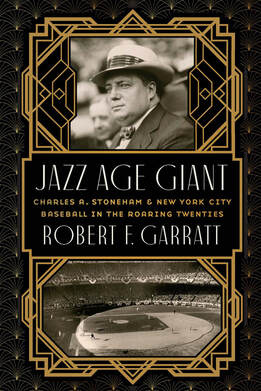
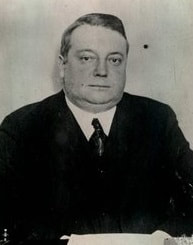
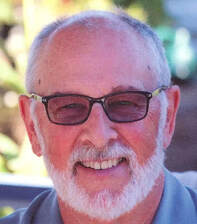
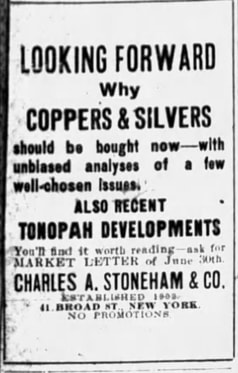
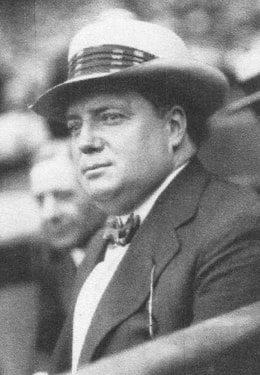
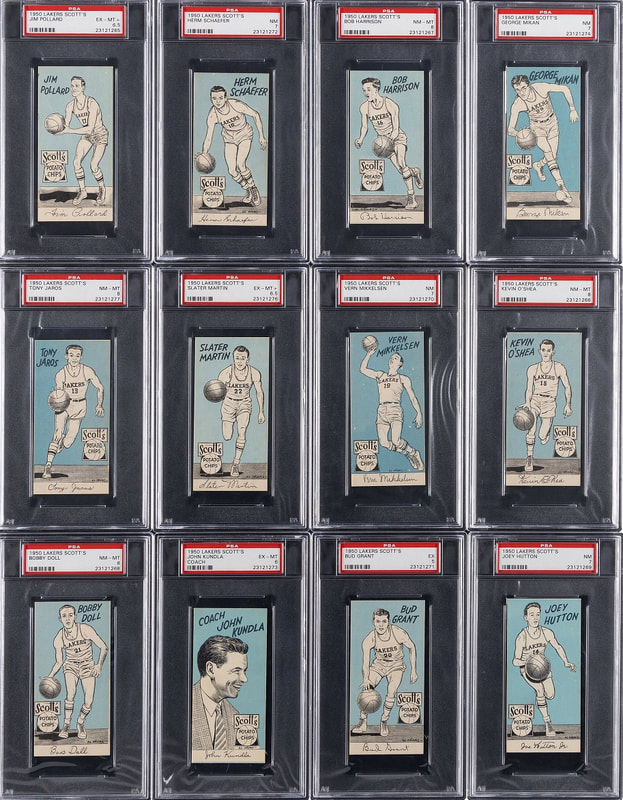
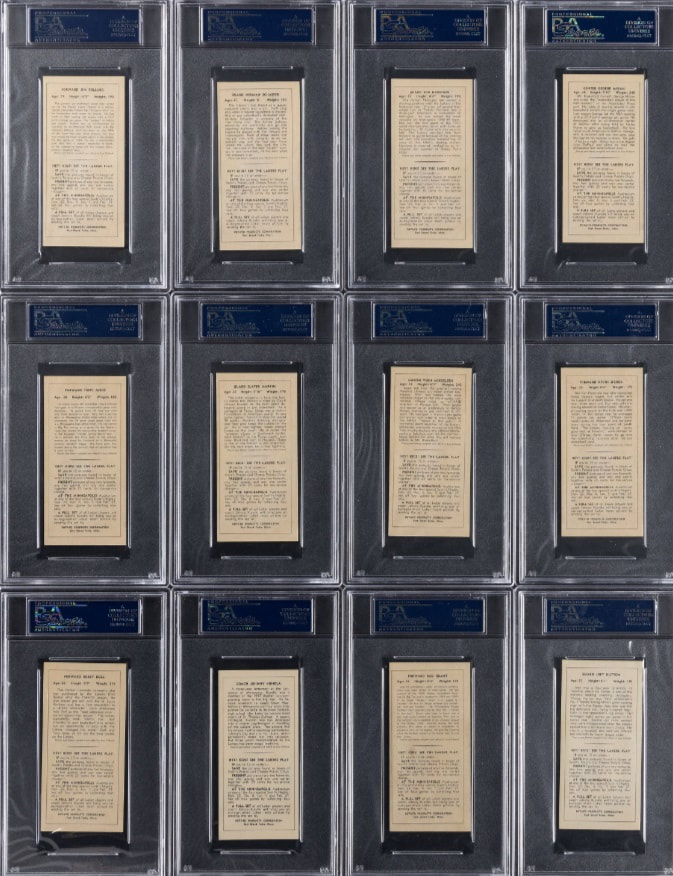
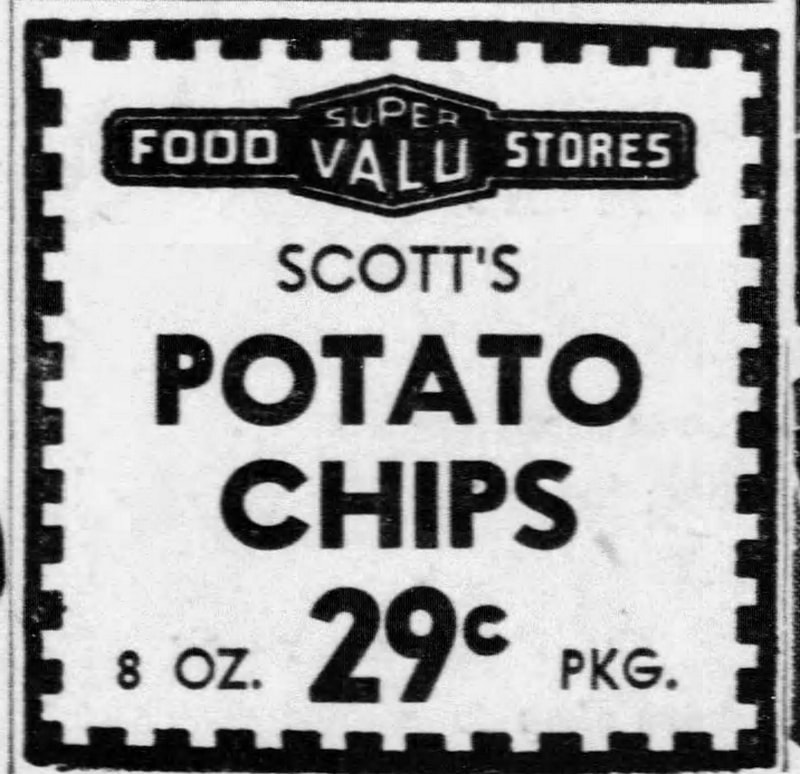
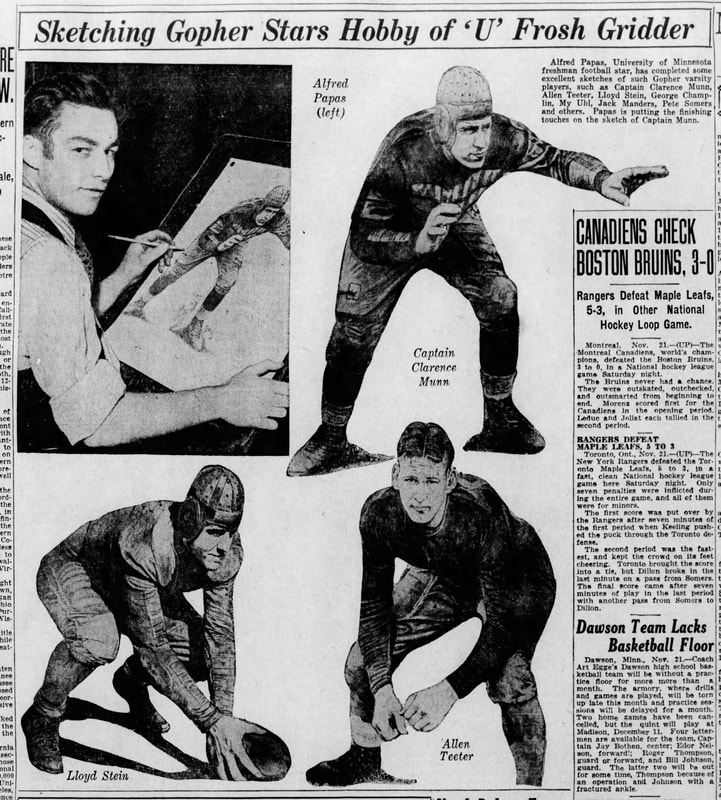
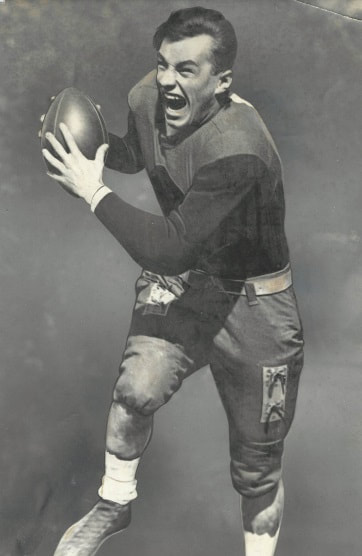


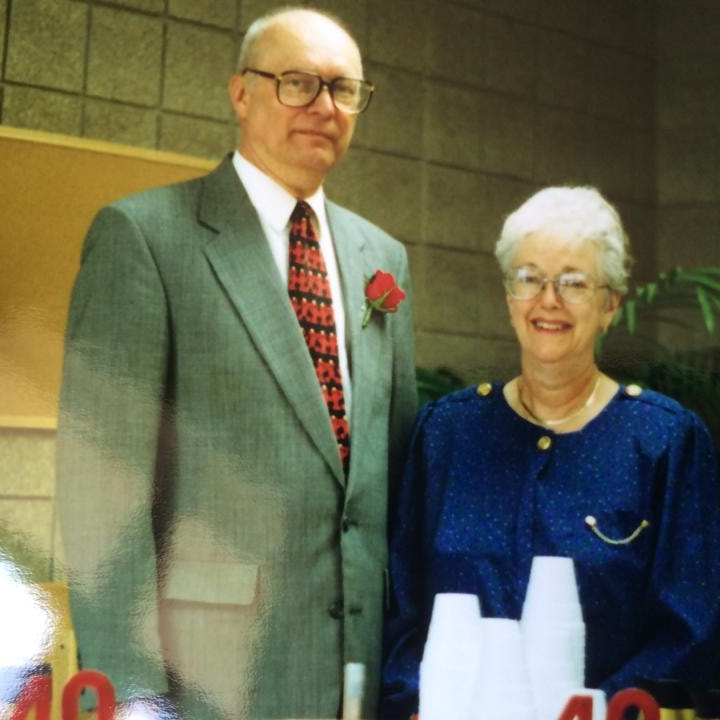
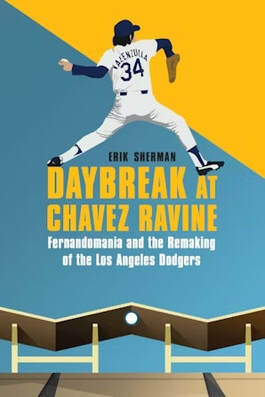

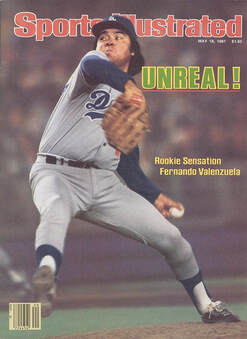
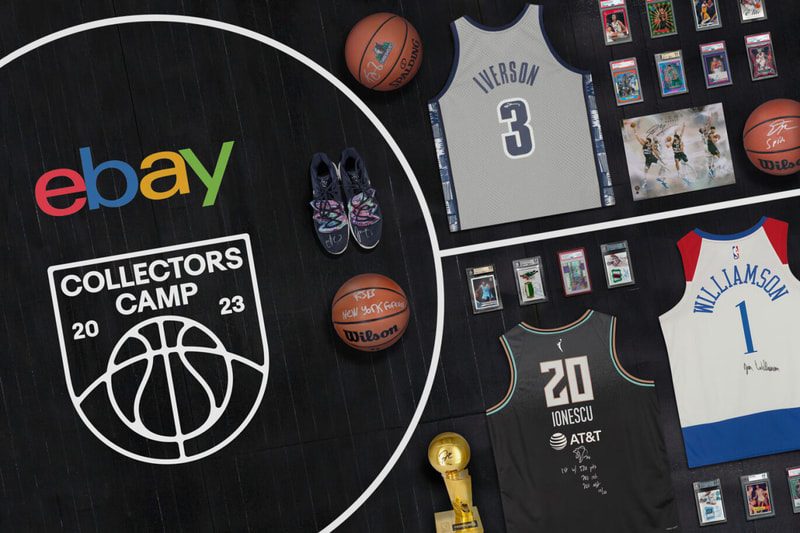

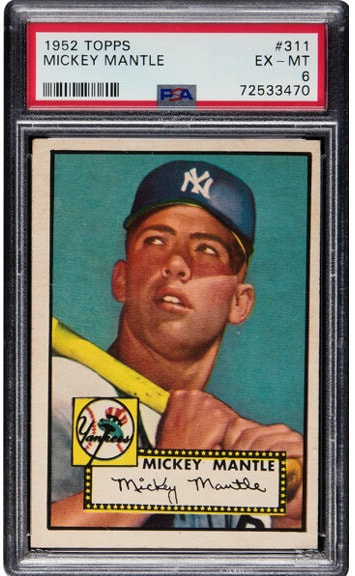
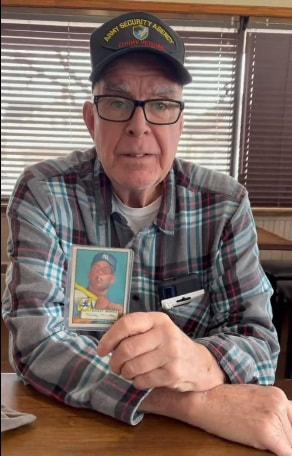
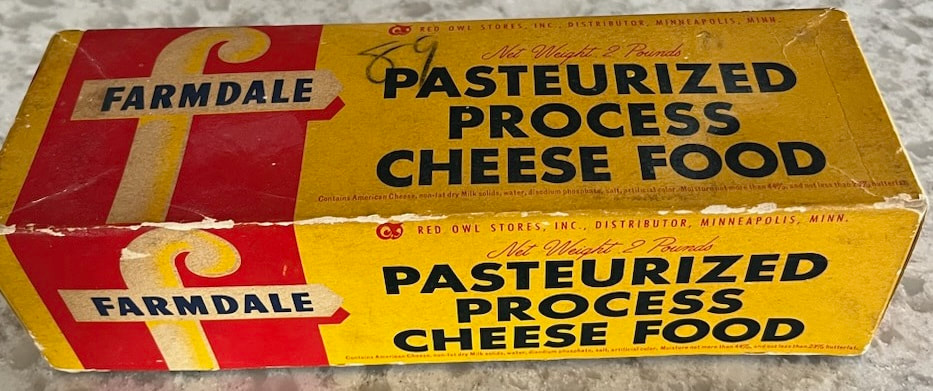
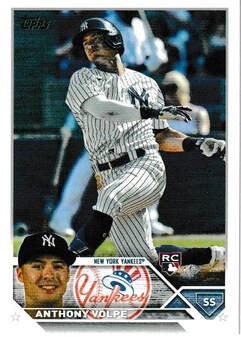
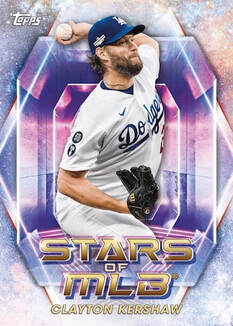
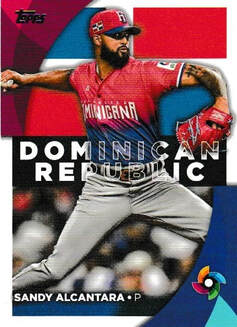
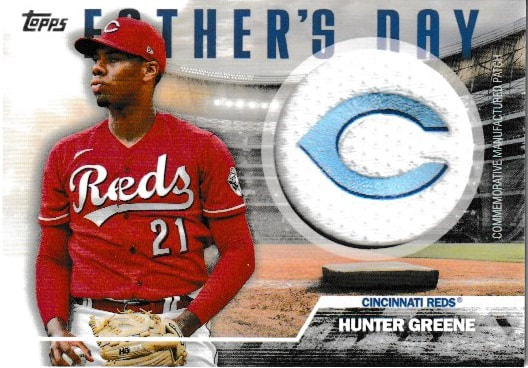
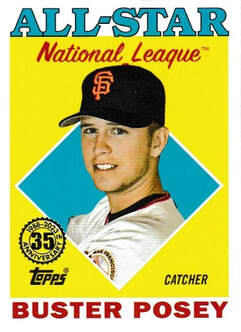

 RSS Feed
RSS Feed
